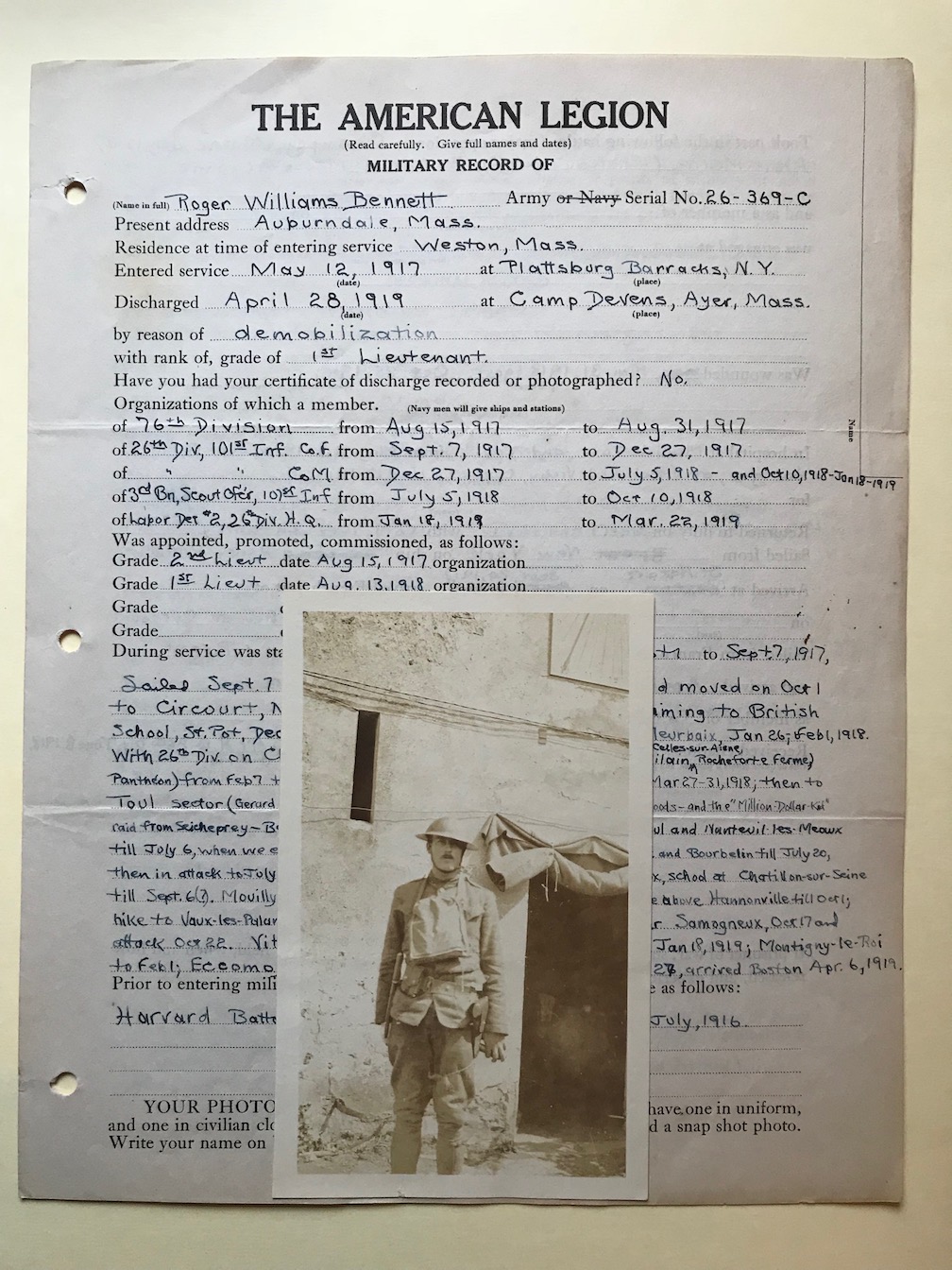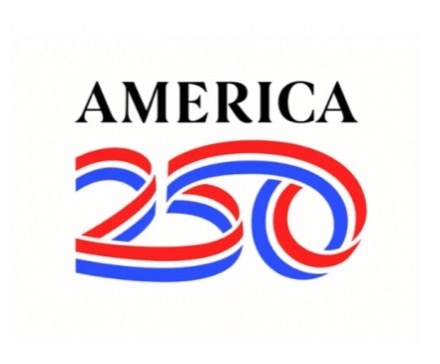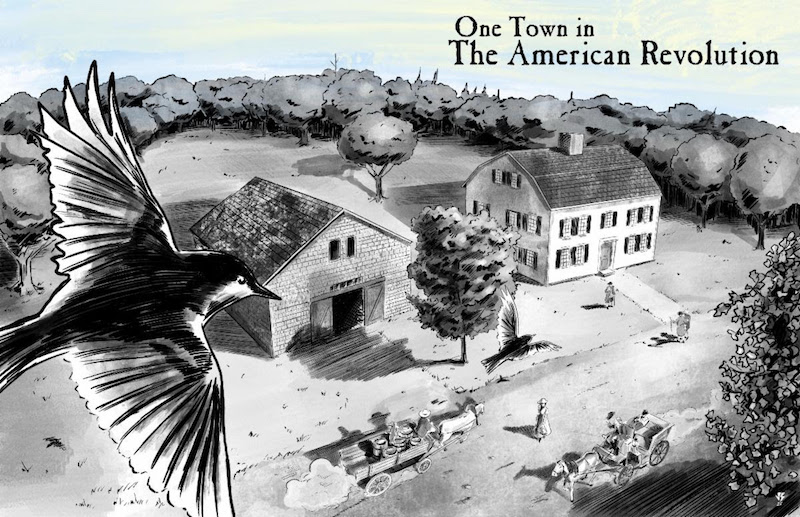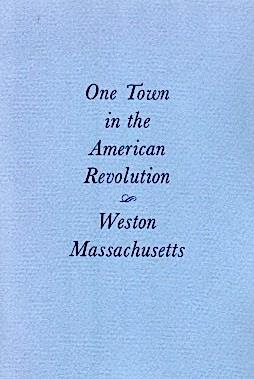Weston Historical Society World War I service records — and more — are now online!

The Weston Historical Society has been working with Digital Commonwealth to digitize some of the collection. Our World War I service records are now online. Also newly available are documents from the Hook & Hastings Co. organ factory and the Sears Estate. We are deeply grateful to Digital Commonwealth for this public service.

What happened in Weston?

Three Video Episodes Now Available
Episodes are posted here for the Weston Historical Society series of short videos about Weston in the days leading up to the Revolutionary War. Part 4 of the 8-part series is coming soon. Many thanks to Alanna Muldoon of Weston Media Center for production and narration.
Special WHS Newsletter
With drawings by artist Jeremiah Schiek. A step-by-step recounting of how Weston, considered a a “Tory Town,” moved to supporting the patriot cause. Read the Spring 2025 newsletter (PDF).
The newsletter and video series are supported by the Weston Cultural Council, a local agency which is supported by the Mass Cultural Council, a state agency.

Free Copies
One Town in the American Revolution
by Brenton H. Dickson III and Homer C. Lucas,
written in 1976 for the 200th Anniversary
published by Weston Historical Society
Free copies available at Weston Public Library and at Town Hall next to the Weston Historical Society display case
